Is the writing on the wall for Australian Shiraz?
As Australia’s flagship grape variety reaches a crossroads, wine producers are looking to reinvent Shiraz for the modern age.
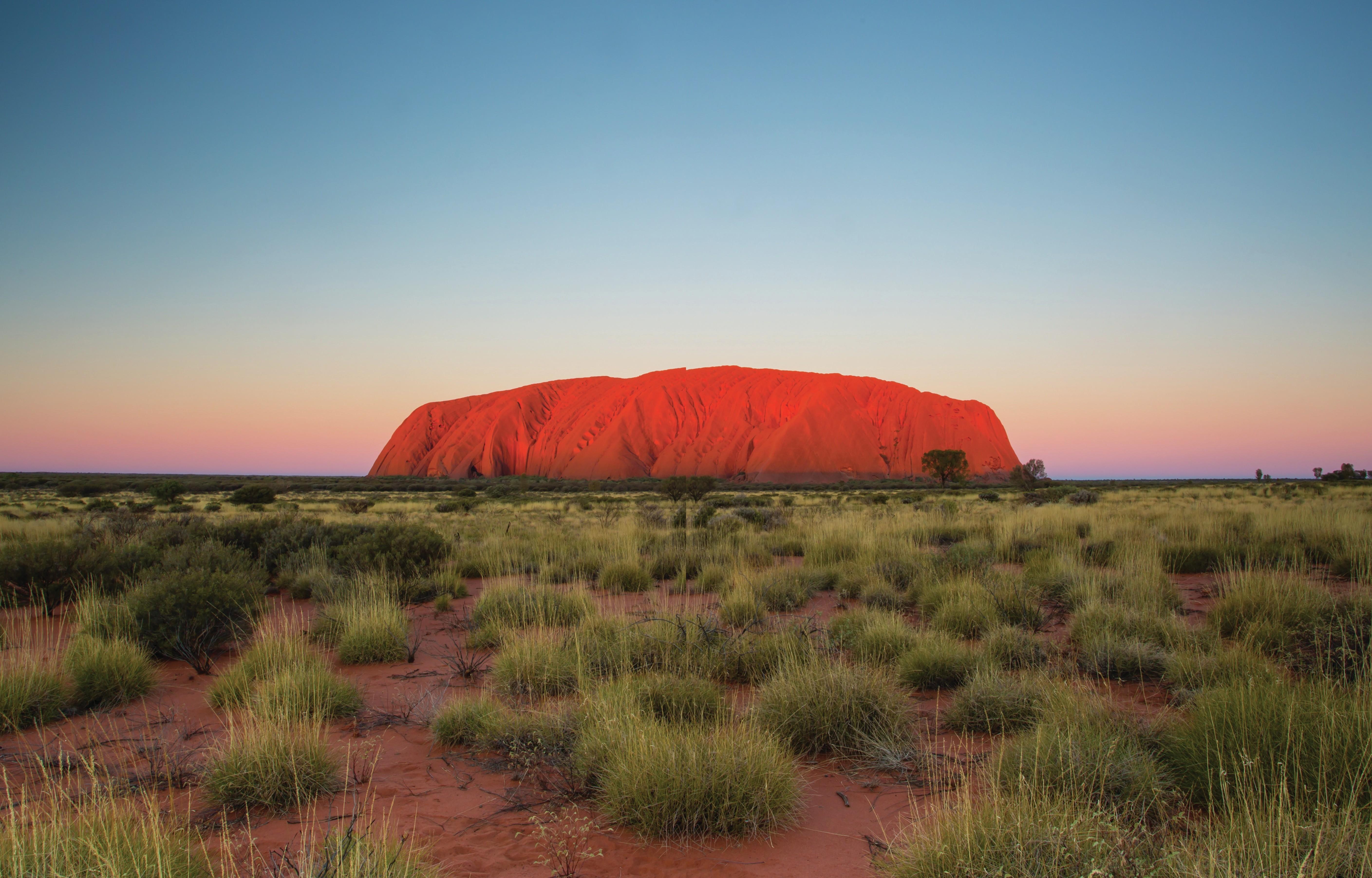
Does the world care about Australian Shiraz any more? That isn’t a loaded question, but one asked out of genuine curiosity. After all, I’ve written (and read) more over the last five years about Australia’s new-look Chardonnay, Mediterranean varieties and the Grenache renaissance than I have about the country’s most planted variety. It seems odd – like nobody talking about Tempranillo in Spain.
Then, last year, Treasury Wine Estates (TWE) put a string of its commercial brands up for sale – among them Wolf Blass, which used to be synonymous with a certain crowdand wallet-pleasing style of Shiraz. The latter was everywhere in the 1990s and 2000s, but now it’s unprofitable, unloved – and apparently dispensable.
So, what’s happening? Is Aussie Shiraz a distorted power-chord in a world that wants finger-picked acoustic ballads, or is it still happily doing its thing, only we’re no longer noticing?
Smallest crush
An initial look at the most recent figures for Shiraz production is not promising: 2023 and 2024 were the smallest Shiraz crushes since 2007. Shiraz typically averages around 400,000 tonnes per year, but in 2023 the crush was 340,000 tonnes, and 2024 was smaller still, at 290,000 tonnes. It was the first time in more than a decade that the country harvested more Chardonnay than Shiraz.
As a vintage, 2023 was, admittedly, a small year across the board – affected by drought – while 2024 was erratic, with regions variously suffering from heavy rainfall, flooding, thunderstorms, hail, severe wind, heatwaves and windy conditions during flowering. But most Australian winemakers (off the record) are happy to attribute the fall in Shiraz crush as much to economics as to the weather.
“I have colleagues in the Barossa who said last year there were vineyards with grapes just left hanging at vintage,” said one winemaker. If a lot of unsold wine was sitting in tanks after vintage 2023 and, particularly, 2024, then the reason isn’t hard to divine.
Australian sources reckon the country produces 10%–20% more wine than it can sell. But this is a common problem for other wine-producing countries, too.
China tariffs
What is unique to Australia, however, is China’s blitzkrieg introduction of antidumping tariffs of up to 218%, imposed on the country’s wine industry in two tranches in November 2020/March 2021. The punitive tariffs stopped exports to China dead more or less overnight – a disaster for a country that had based a large part of its foreign sales strategy on supplying upwardly mobile businessmen and the nascent middle classes in Shanghai and Guangzhou.
In 2019, China spent way more on Shiraz than the rest of Australia’s export markets combined, and average prices for Shiraz wines, at more than AU$9.00/litre, were high. By 2023 – at the nadir of the tariff effect – Shiraz exports had fallen 30% by volume and 55% by value compared to pre-pandemic. The rest of the world couldn’t soak up all that wine – and certainly not at comparable prices – and it left Australia with an almighty hangover.
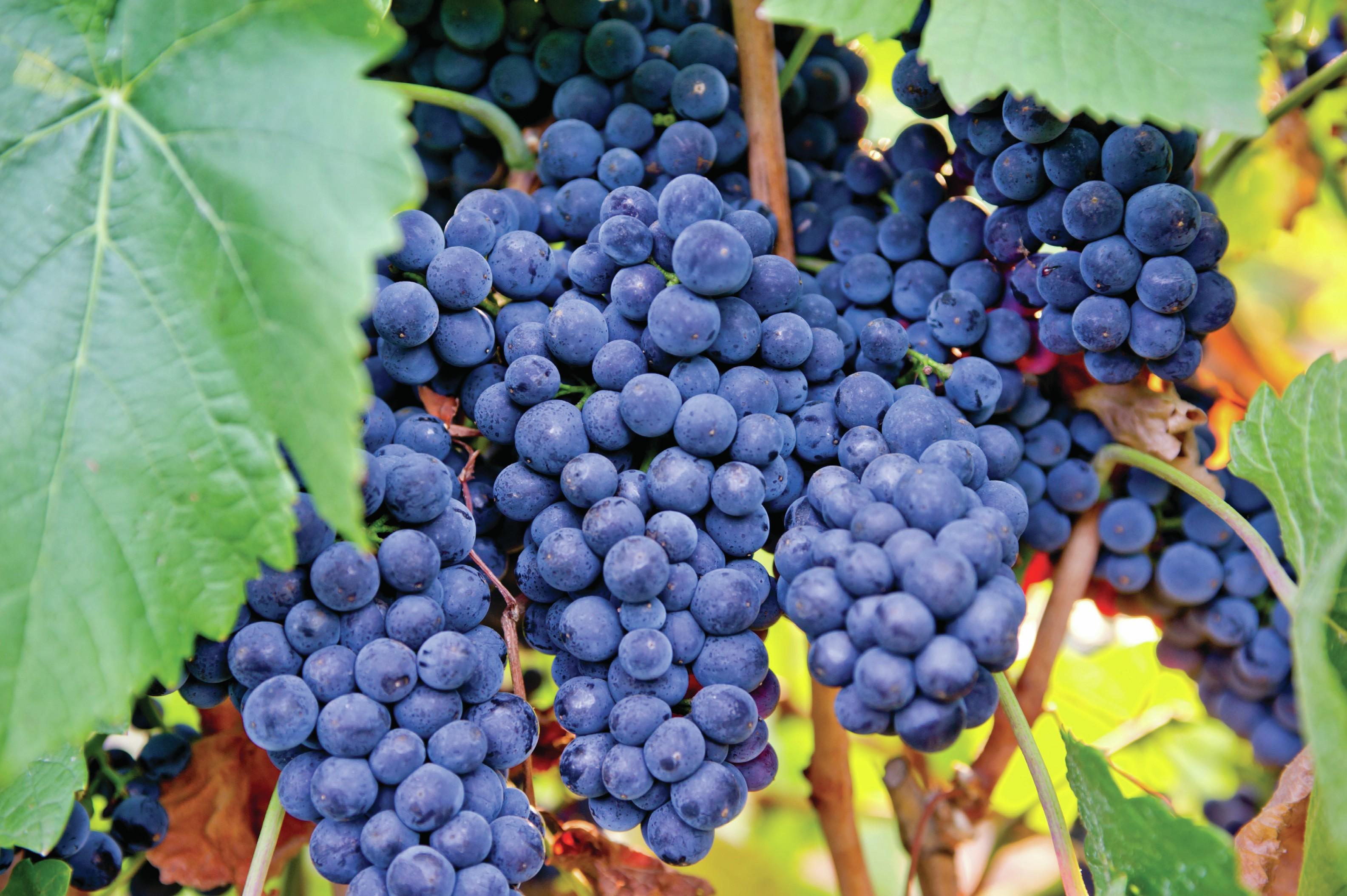
Ripple effect
“The ripple effect [of the tariffs] was impossible to digest in the short term, and it still isn’t,” says Matt McCulloch, MD of Langmeil. “A situation of full tanks, unpicked (and uprooted) vineyards and the lowest weighbridge prices for a decade made for an ugly 2024 vintage. One wine producer told me that the situation a year ago was so bad that even distilleries were turning away juice. Literally nobody wanted it,” he said.
If this is all sounding a bit like a John Martin painting of Shiraz Growers in Hell, then perhaps it’s time to row back a bit.
It’s true that producing a full-bodied red wine at a time when the world’s consumers are generally looking for white, sparkling or lighter red styles is not ideal. But, in fact, perhaps the most influential trend affecting Australian Shiraz growers is the trend for drinking less but better.
Twenty years ago, there was an expectation that wine would become, if not an everyday product, then certainly a three-or four-times-a-week one – and standard Aussie Shiraz nailed this. Financial and health concerns, however, have switched the narrative. The demand for cheaper, everyday wines is falling, with consumers happy to drink less often, but to spend a bit more when they do. It’s led to a two-track wine industry – financially viable at the mid-to-upper price range; something of a “rats in a sack” feel lower down. No coincidence, for instance, that TWE is keeping hold of Penfolds, even as it sells off Wolf Blass. Upmarket is where the money is.
Expensive labour
“We are a country that has some of the most expensive labour in the world,” says Darren Rathbone, CEO and winemaker at Rathbone Wine Group, owner of Yering Station, Mount Langi Ghiran and Xanadu. “We have a very dry continent, with scarce water, and much of the country has relatively infertile soils. Why do we continue to try to make the cheapest wine in the world?”
Towards the end of vintage 2024 came the news that everyone had been waiting for: China relaxed its tariffs. The impact has been immediate. China spent more on Shiraz in the year to September 2024 than any other export market (AU$168 million). And it didn’t start buying until April. That said, it’s unlikely that many producers are getting rich.
Australia exported five times as much Shiraz in the last 12 months as it did in 2023 – but for only twice as much money. The price per litre – AU$6.80 – is at a record low. In the UK, the second-biggest market for Shiraz over the last 12 months, the average price is a miserable AU$1.78/litre.
Still, it is at least emptying tanks for 2025. And, with China back on board, there’s a feeling of a corner having been turned – at least for more premium Aussie producers.
“China will come back to us at the higher quality end of the wine market because they can’t make wines like that,” says Ray Nadeson, head winemaker, Lethbridge Wines, based in Victoria. “How much of the middle is going to come back? I don’t know. How much of the lower stuff? None.”
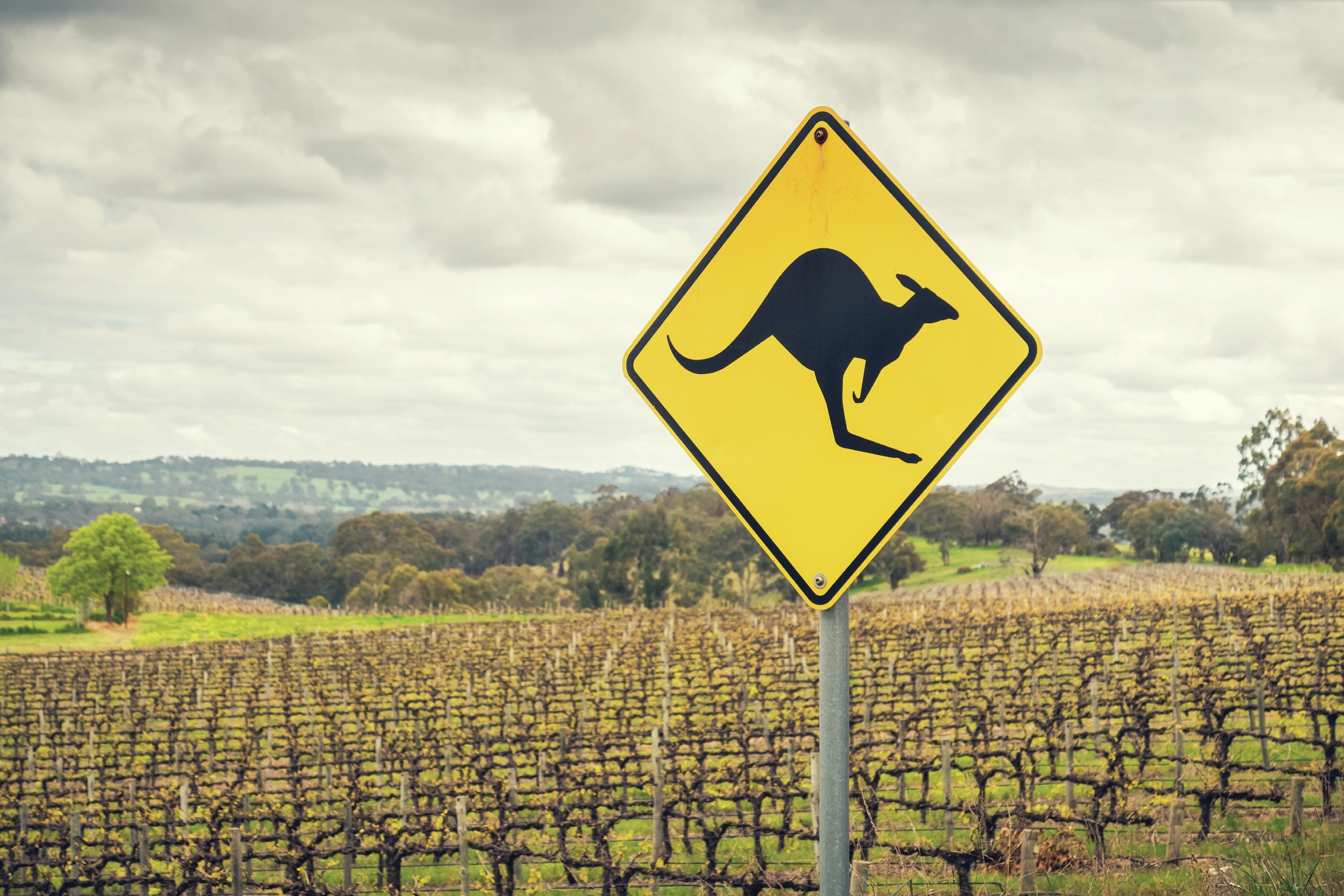
Regional refinement
If much of Australia’s noise with Shiraz 30 years ago came from multi-regional blends, the optimism now surrounds wines that are more representative of a specific region or vineyard.
“The last 10-15 years have seen a refinement of regional styles,” says Langmeil’s McCulloch. “You can’t say ‘Australian Shiraz’ any more; it’s too broad a church.”
Central to this has been a gradual stylistic shift. It would be wrong to describe the country’s Shiraz overall as medium-bodied, but the volume has definitely been turned down a notch or three.
Partner Content
Some wineries – such as Peter Lehmann – are retaining the famous ‘turbocharged’ expressions for which they’re known, but adding new, lighter labels to provide a portfolio of different Shiraz styles. This shift is partly because Robert Parker ’s big-fruit influence has disappeared; partly because vintages post the 2000s have been less drought-afflicted; and partly because Australia’s famous show system has had to adapt to what consumers increasingly expect from a wine, by placing a greater emphasis on balance over sheer size.
“In general,” says Rathbone Wine Group’s Darren Rathbone, “there seems to be a preference for lighter, fresher styles and less alcohol – but not at the expense of flavour.”
Easy to manipulate
Some of these changes have been driven by work in the winery. One winemaker describes the Shiraz grape as being “as easy to manipulate as Chardonnay”, and that manipulation now has a lighter touch – particularly when it comes to oak, where regimes have changed significantly.
In general, American oak, new wood and smaller formats are out; and French oak, older wood and larger options are in, as are concrete and eggs.
“We have almost moved away entirely from American oak,” says Cate Looney, senior winemaker at Brown Family Wine Group in Richmond, Victoria. Browns’ first vintage was in 1889. “I would say that is the biggest change in the last 10 years. American oak adds a richness and oak tannin that we find our consumers are not enjoying like they used to.” The use of whole bunches in fermentation to add spice and zip has become more common too, although understanding how to get the best out of it is an ongoing debate, with wineries constantly fine-tuning their strategy.
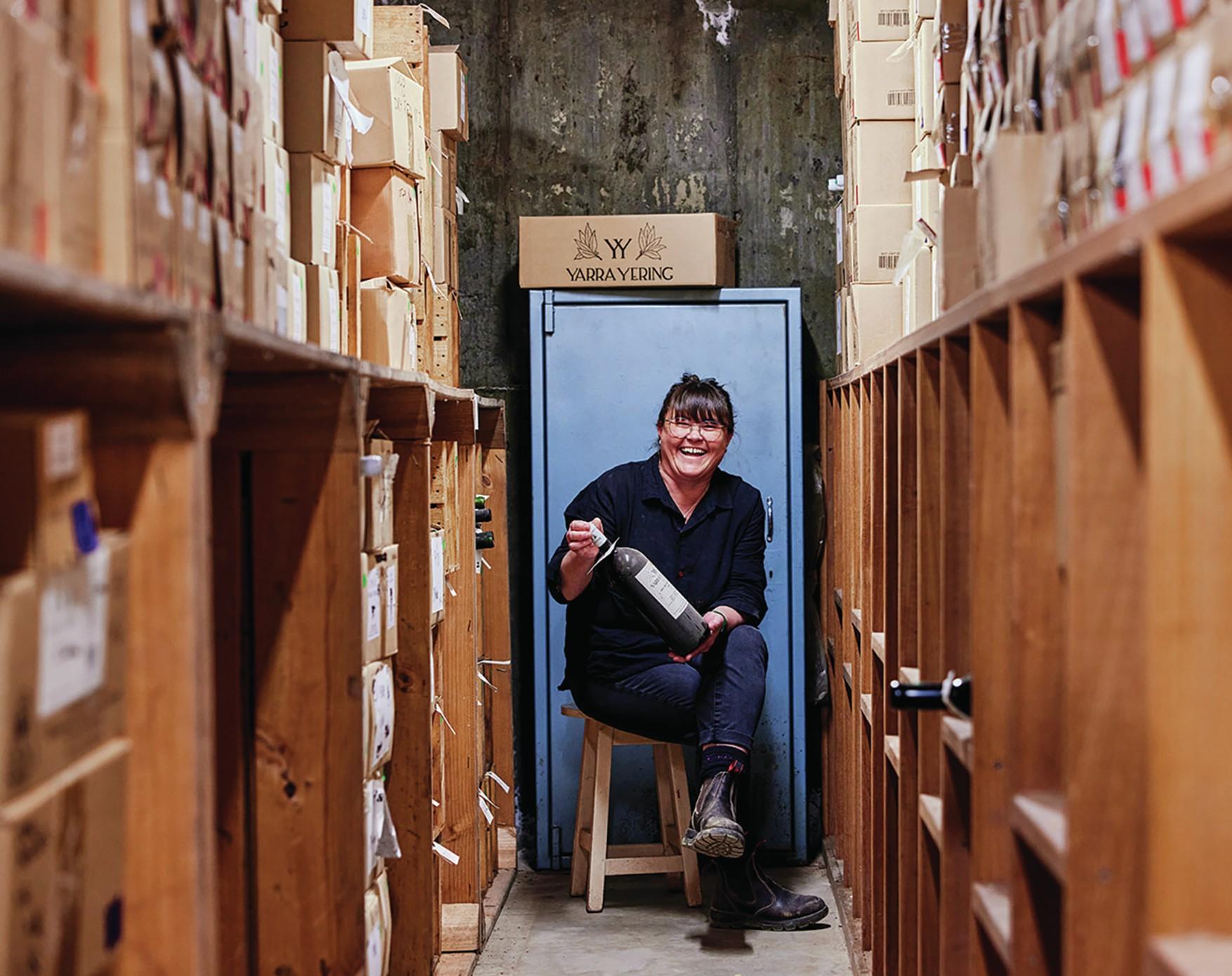
Clock watch: Yarra Yering’s Sarah Crowe says Aussie producers are picking earlier
Vineyard changes
There have been big changes made in the vineyard too – not so much in the way that the fruit is grown, but certainly when it comes to picking times. Yarra Yering winemaker Sarah Crowe says fewer people are “waiting for ‘shrinkle’ – that shrinking/wrinkling of the grape”.
Looney points out that millennial vintages of Brown Family’s Patricia Shiraz used to come from warmer areas such as Heathcote and Dookie, but sourcing has shifted over the last 20 years to cooler regions such as Henty in Victoria and the Pyrenees.
All of this has had a big impact on what Australian Shiraz can, or perhaps should, be. Ray Nadeson’s Lethbridge estate is in cool southern Victoria and famed for its Pinot Noir. His Shiraz (unsurprisingly) is a long way from the Barossa in terms of style. Indeed, when he first made it, tasting panels rejected it for export because they said it didn’t taste like Australian Shiraz. Now there’s a greater acceptance that regional styles of Shiraz can vary significantly, and yet still be authentic.
Terroir talk
“When I came into the industry in the 1990s, no-one talked about terroir,” Nadeson recalls. “It was irrelevant. But typicity and uniqueness are what build story… and that subtlety exists in Shiraz just as much as anywhere else.”
The challenge, however, is perhaps less in making the wine than selling it. Or, more accurately, in landing the message. There’s a reluctant acknowledgement that, however better-balanced the wines are now, Shiraz has lost ground to medium-bodied grape varieties, such as Pinot Noir and Grenache. Yarra Yering’s Crowe, for instance, says she was in a New York restaurant this year that listed a dozen Beaujolais, and only two Australian wines in total.
The changes in Shiraz style have brought narrative challenges too. Asking consumers to rethink everything that they thought they knew about a wine style is a more difficult task than trying a Nero d’Avola or Tempranillo for the first time. Shiraz blends well with these two varieties, and some have mused that it could be a way to introduce consumers to a grape that they thought was more for their parents than themselves. But demand for blends generally remains low.
Three-way pincer
At Sweden’s Systembolaget, Australia buyer Oskar Markusson sees Shiraz as being caught in something of a three-way pincer movement: attacked by lighter-bodied varieties; with a classic style that’s still popular – but has a diminishing number of drinkers; and inevitably losing consumers since the excitement is taking place at higher price levels.
“Sometimes it’s a little hard to communicate to the consumer what to expect from the wine,” he says. “And it is hard to introduce new producers to the market in the higher price tiers. That applies both to the classic and more modern styles of Shiraz.”
Marina Diaz, wine buyer for the UK Rare Restaurants group (including popular steak house Gaucho) says that she is seeing less demand for Australian Shiraz than 10 years ago. Her guests, she says, still see it as “the full-bodied, concentrated and jammy style that was the favourite 10-15 years ago”.
The changes of the last decade, in other words have not yet, for the most part, hit home.
New dawn
So where, then, does all of this leave the variety? It’s probably fair to say that Australian Shiraz finds itself at a crossroads. There’s almost certainly too much of it, and – with water availability being what it is – a good deal of it is probably planted in the wrong places. Significant vine pulling of Shiraz in the Riverland would surprise nobody.
While China’s three-year hiatus has ushered in a new wariness about overcommitting to the country, China still pays good money and takes good volumes – and it will buy a lot of Shiraz over the next few years. As Langmeil’s McCulloch puts it: “Our future is Asia – and China is the biggest economy.” The big challenge, perhaps, lies in seeding the new narrative; in getting consumers to understand that what they thought they knew about Shiraz is, in fact, only partly true.
“We suffocated the world with the Shiraz message in the 1990s and 2000s, so we think everyone should know about it,” says Sarah Crowe. “But it’s not the case. And we’re not making the same style of wines any more.”
Complex and nuanced
The new regional variations message is a complex, nuanced one – and the evidence suggests that it’s going to take a good while to filter through.
However, if there’s a sign of where things could go, given time, perhaps it comes from Shiraz ’s white peer, Chardonnay. The variety went through a similar hiatus 20 years ago after the ABC (anything but Chardonnay) backlash, but it’s now sitting pretty with a much loved and respected new style that’s markedly different to that of 30 years ago.
“Shiraz might be in oversupply right now, and it might be in decline in the market, but there’s still significantly more of it drunk than any of these lesserknown varieties,” says Darren Rathbone. “It is a classic for a reason.”
Related news
Australia’s Capital Brewing Co expands
Australian Vintage strikes five-year Invivo deal for UK and Ireland

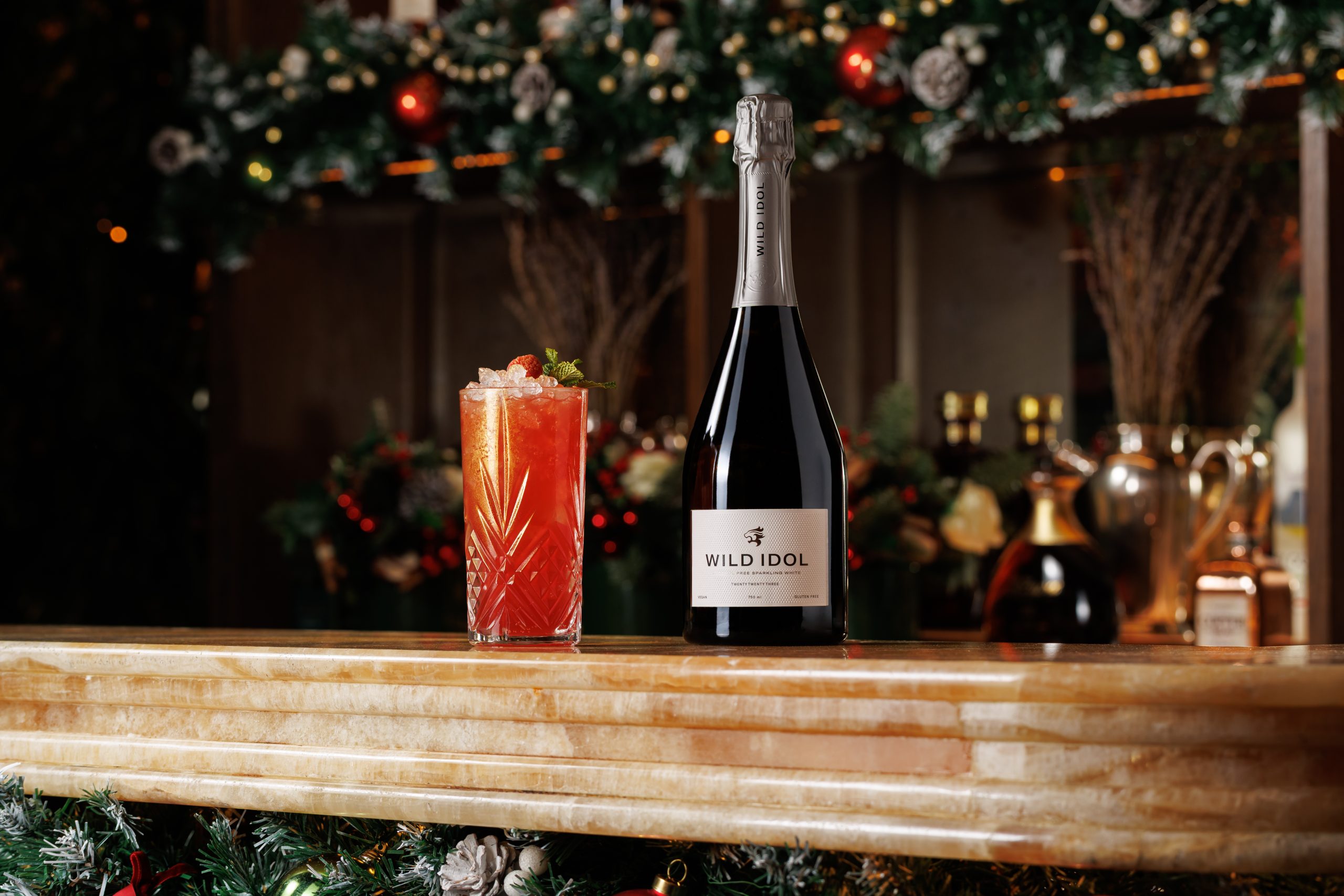
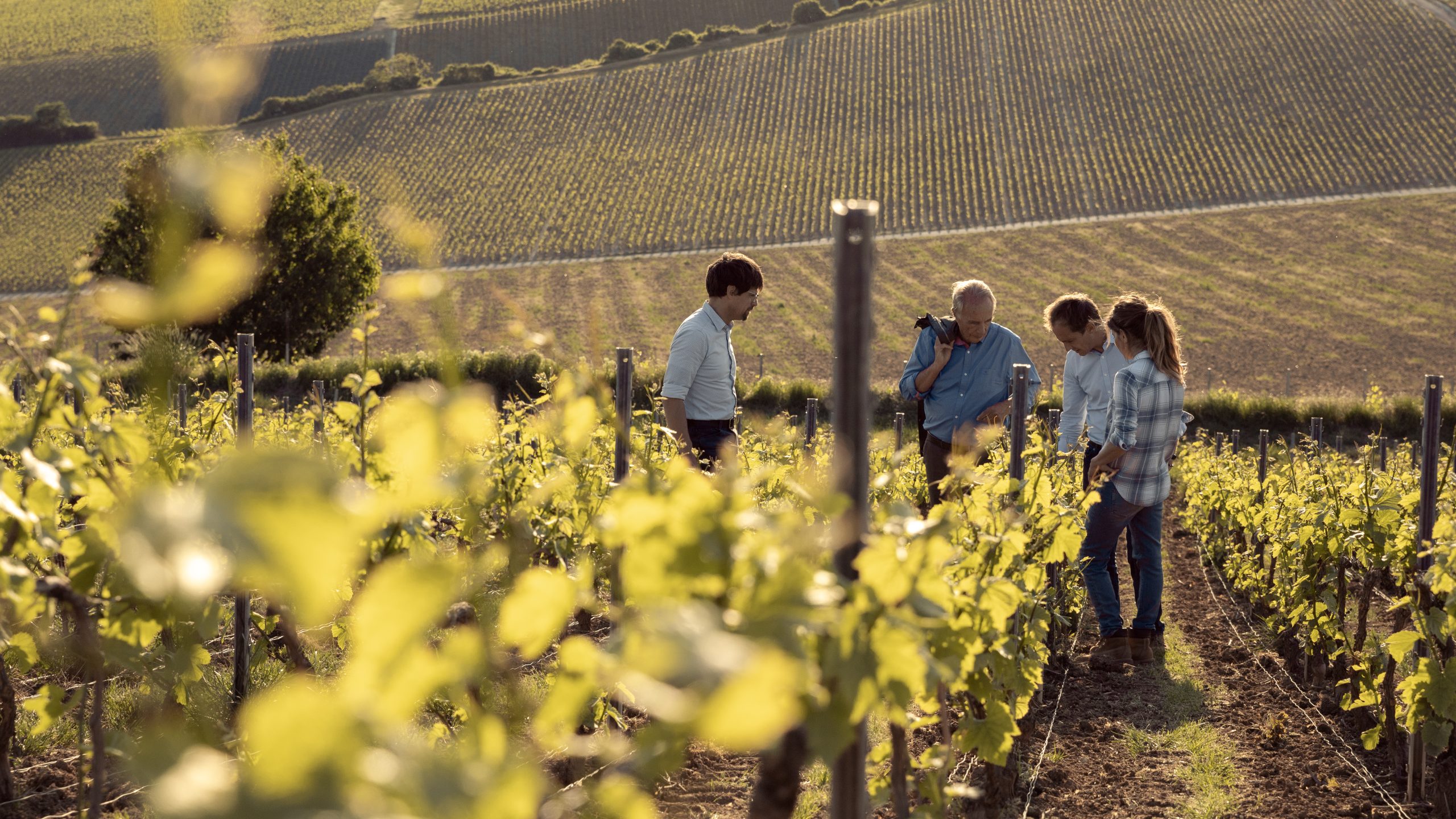

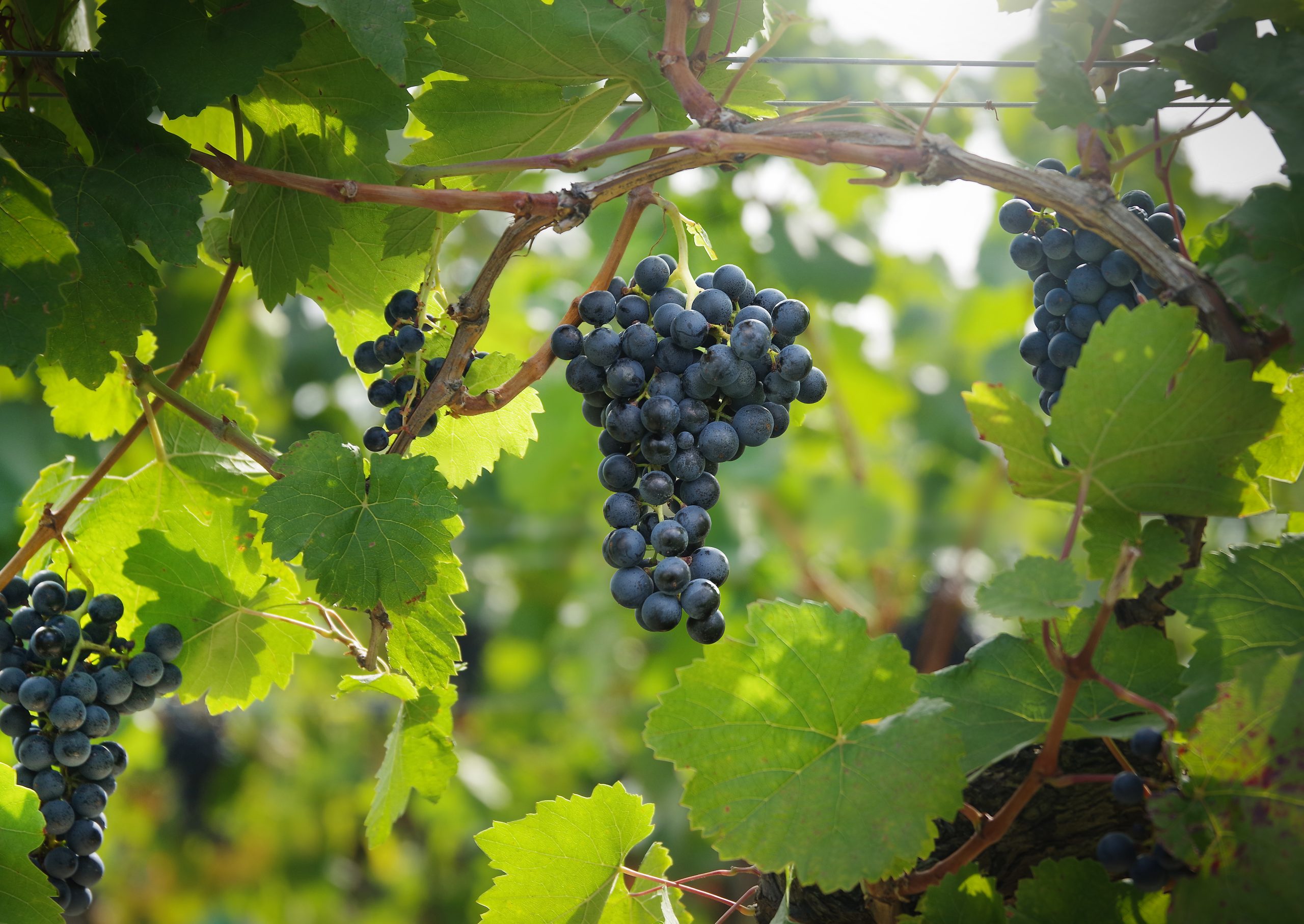
Thank you, Chris, for a well-researched piece. A good read! I agree that it takes a long time for a new message to reach the target audience, but I think your analogy with Chardonnay may well be pertinent.
One of your stats surprises me – the “miserable AU$1.78/litre” for the UK. Could this be due to the increase in UK bottling? The overall price you quote, AU$6.80 per litre, includes bottled product, skewed strongly to higher FOB prices.